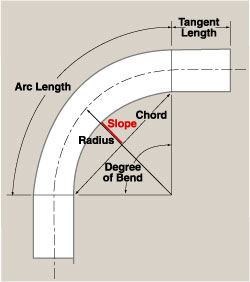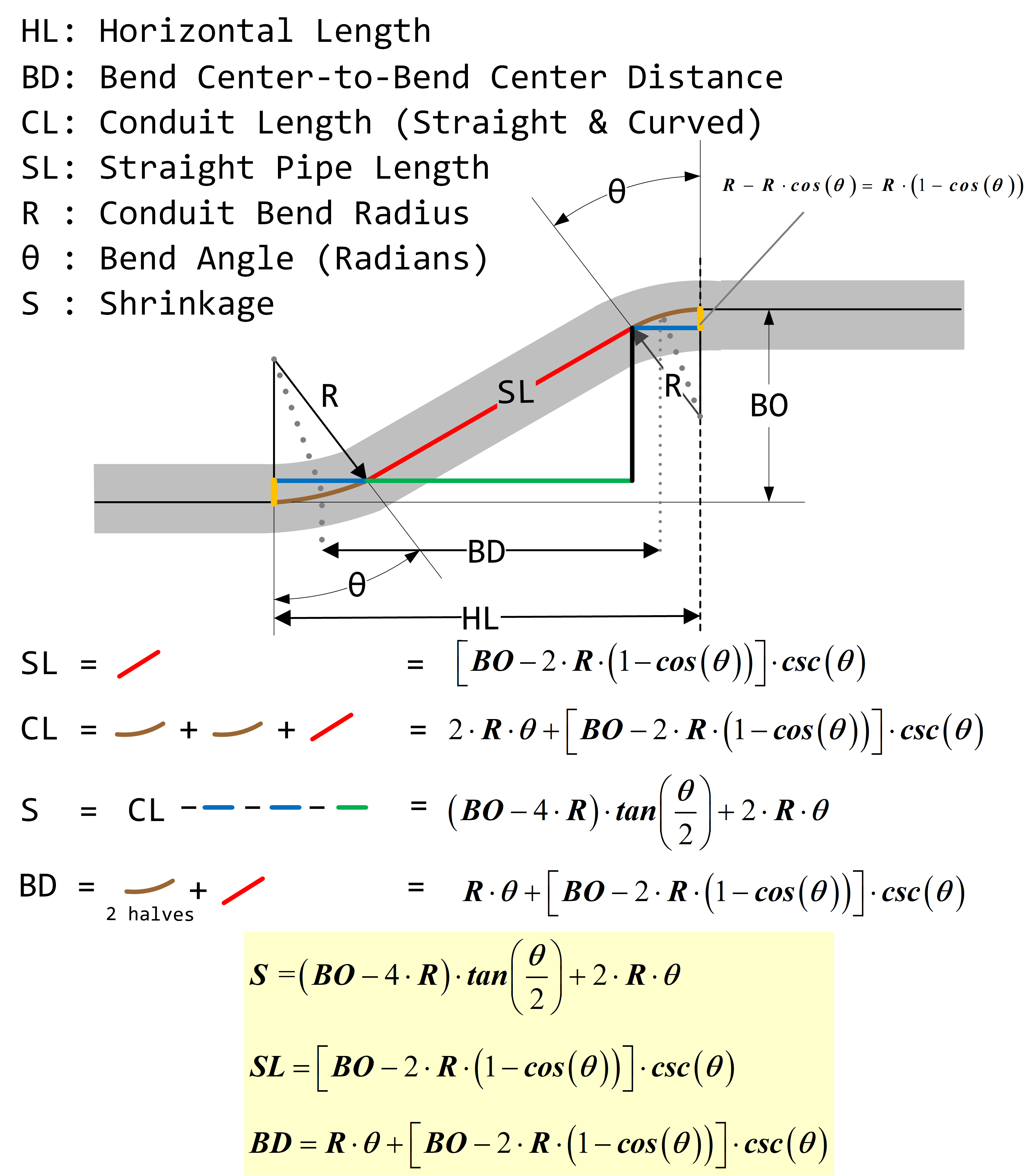That is holes should be located away from the bend line at a distance that s at least six times the material thickness.
How much radius is needed for bending 1875 steel sheet.
This tool allows you to determine tonnage internal radius v die opening and minimum flange you just have to insert the characteristics of the sheet metal to be bent.
It can wreak havoc in the press brake department and cause cracking on the outside surface of the bend.
Alternatively you can design with.
What force is needed to make a folding of 2 m sheet of 12 mm of mild steel resistance 45 kg mm2 and with a wing of 100 mm.
First we must start with the k factor.
Discover all our calculation tools in the calculators section of the top menu.
The flange length should be at least six times the metal thickness.
This applies to holes in the part too.
Unfortunately sheet metal bending is not always going to be the same in every shop.
The bend allowance is defined as the material you will add to the actual leg lengths of the part in order to develop a flat pattern.
We want to know the final length of the detail.
Defining the minimum bend radius.
You will need to know your material thickness mt the bend angle b the inside radius ir and the k factor k.
V 12 x thickness 12 x 12 144 à v 160.
The radius of bend at which cracking first occurs is called the minimum bend radius.
Therefore the bend allowance added to the flange lengths is equal to the total flat length.
The bend allowance formula takes into account the geometries of bending and the properties of your metal to determine the bend allowance.
The bend allowance describes the length of the neutral axis between the bend lines or in other words the arc length of the bend.
The tool can calculate the required bending force for bending aluminum stainless steel mild steel and weldox or strenx high strength steels.
A common problem in both the sheet metal and plate industries involves parts designed with an inside bend radius much tighter than necessary.
Use this document to choose values that are both manufacturable and meet your needs.
It is most economical to use a single bend radius throughout the design but if necessary you can utilize multiple radii.
The higher the minimum bend radius the lower the bendability.
Another way to determine the k factor is by following the rule of thumb.
Minimum bend radius is often expressed in terms of sheet thickness ie.
That said sheet metal part designers can make tooling selection and the overall bending operation much easier if they follow a few basic rules when designing parts.
The leg lengths are the part of the flange which is outside of the bend radius.
The inside bend radius should be 1 5 times the metal thickness.
The bending angle is 90 sheet thickness 5 mm and the inside radius is 6 mm.










